Figures & data
Figure 1. Patients included in the standardized care pathway for urothelial cancer between October 2015 and August 2016 captured in the standardized clinical care registration used by Region Skåne, and numbers and reasons for being excluded from the study cohort.
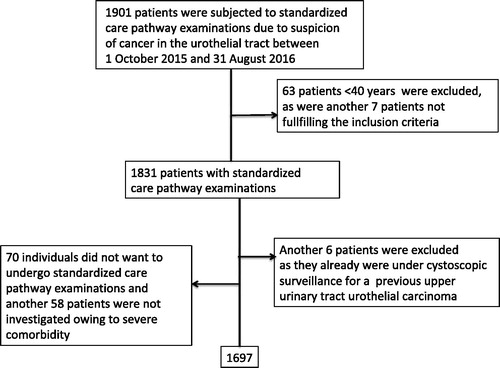
Figure 2. Description of the control group, defined as all patients residing in the same geographical area (Region Skåne) who were diagnosed with urothelial cancer (in the upper urinary tract, the urethra or the urinary bladder) without being included in the standardized care pathway for urothelial cancer during the same period.
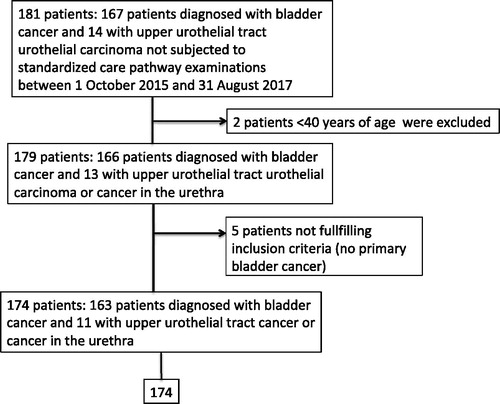
Figure 3. Proportions (numbers) of patients with cancer diagnosed after standardized care pathway examinations, by age percentiles.
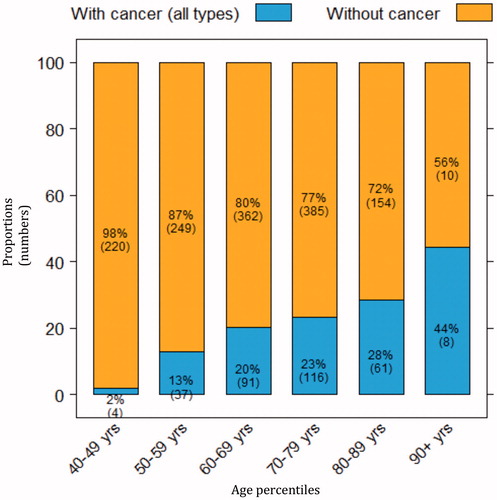
Figure 4. Proportions of (a) referred males and (b) referred females with or without cancer, stratified by age.
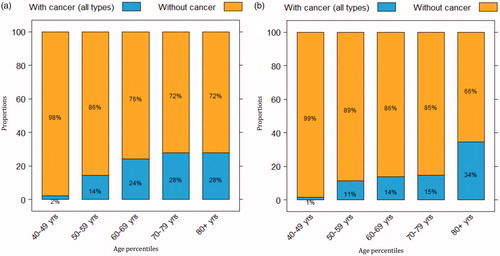
Table 1. Cancer causes underlying referral to the standardized care pathway.
Table 2. Benign causes underlying referral to the standardized care pathway.
Figure 5. Age-stratified proportions (numbers) of (a) males and (b) females with positive dipstick test and/or urinary culture who underwent standardized care pathway examinations. (No data available for nine male and 12 female patients.)
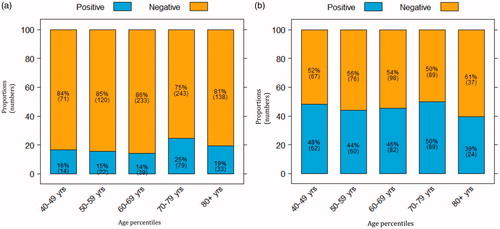
Figure 6. Median days from referral to transurethral resection for all patients diagnosed with bladder cancer during the period 2013–2014 in the Southern healthcare region (n = 767), and for patients diagnosed with bladder cancer through regular referral (n = 150) and standardized care pathway examinations (n = 242) during the study period (October 2015 to August 2016).

